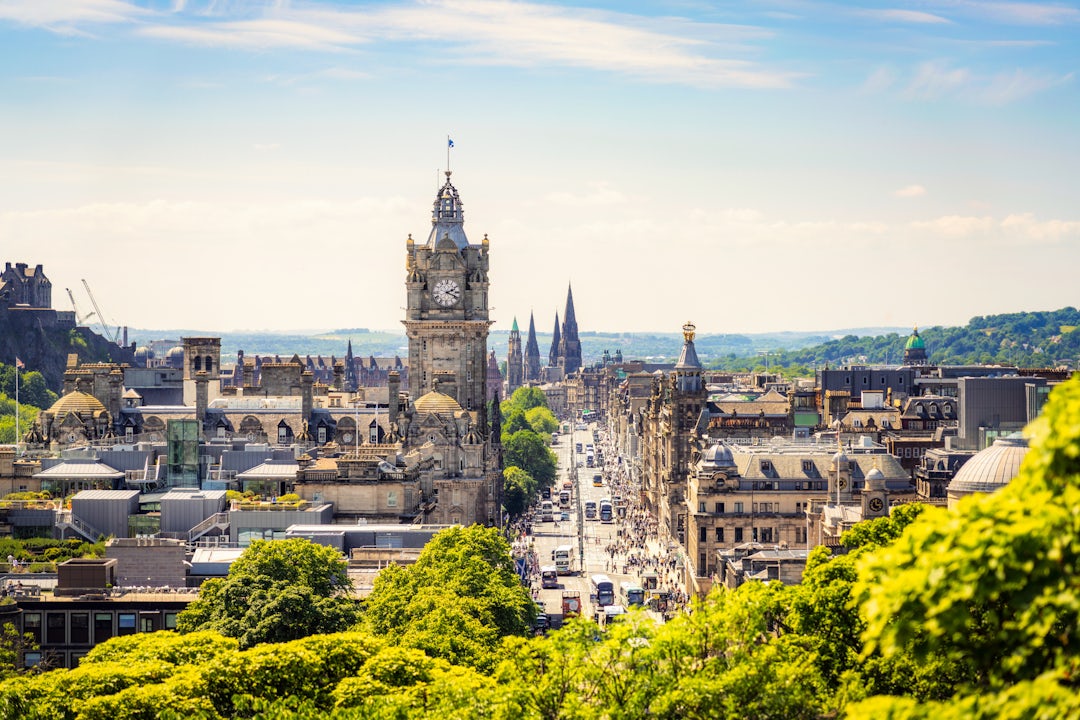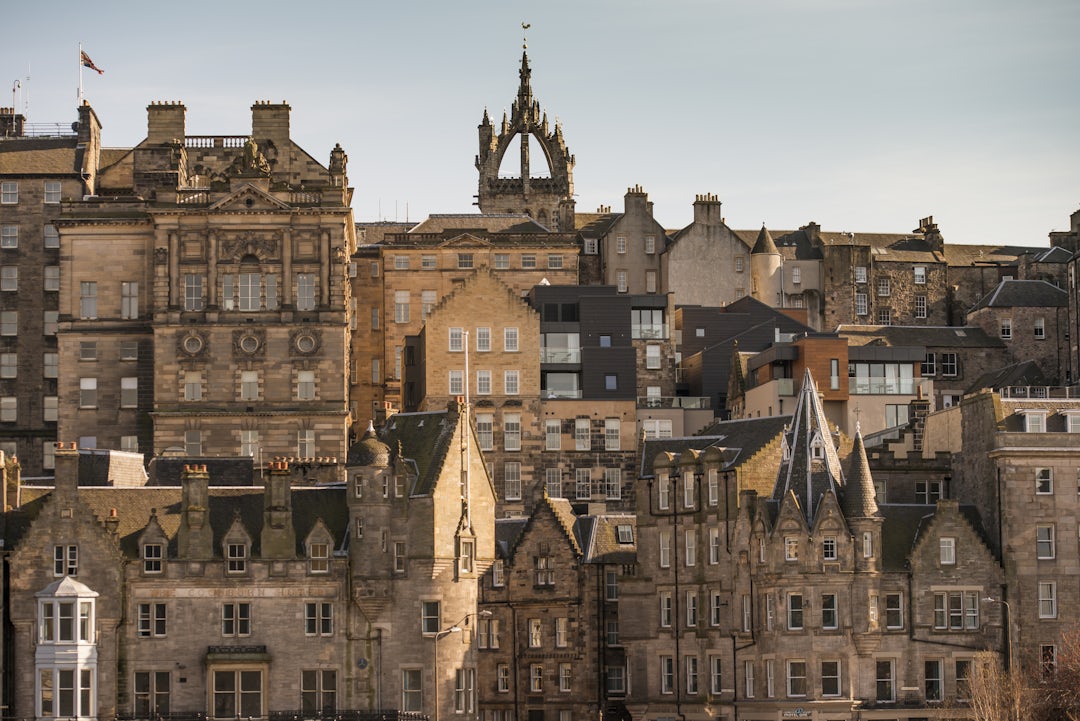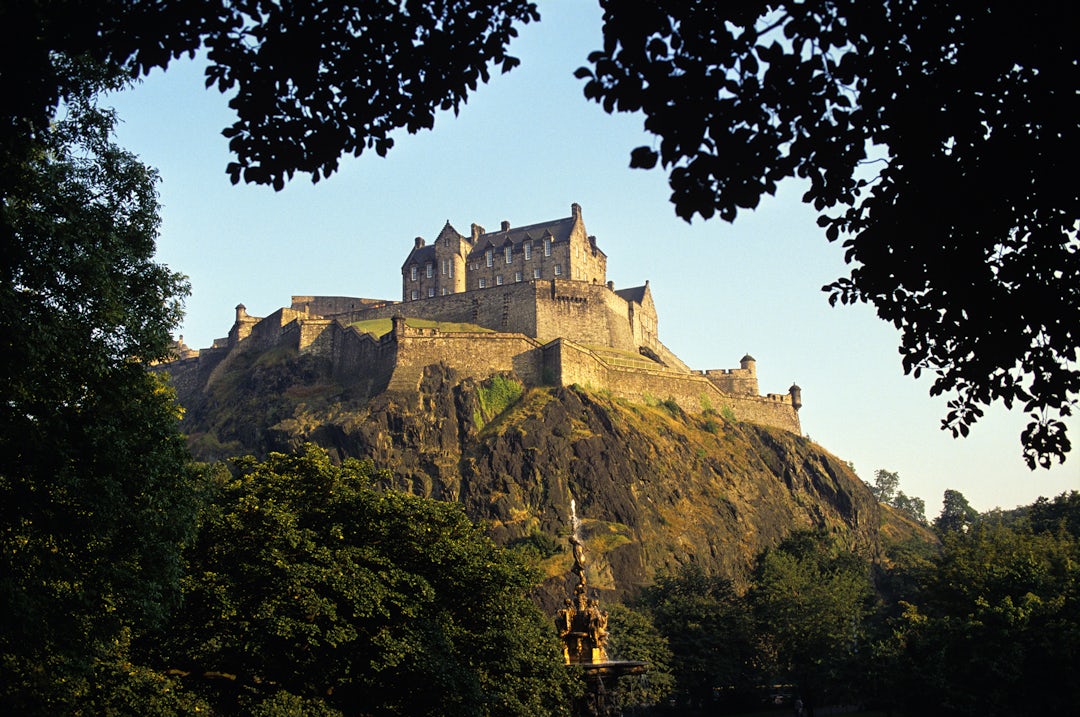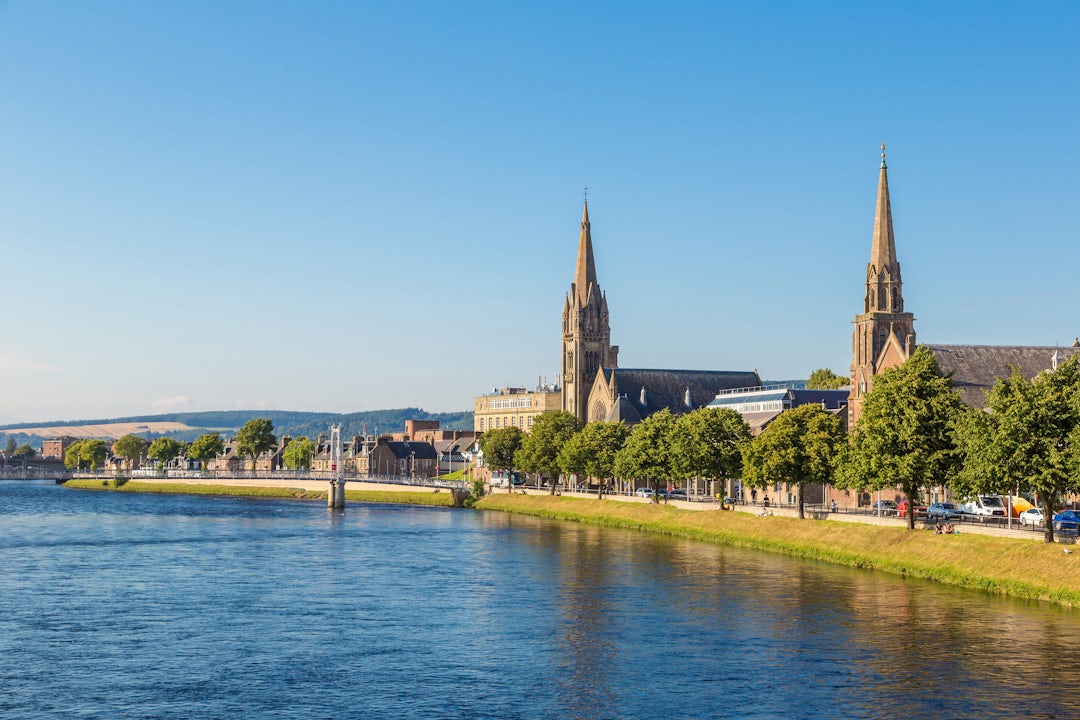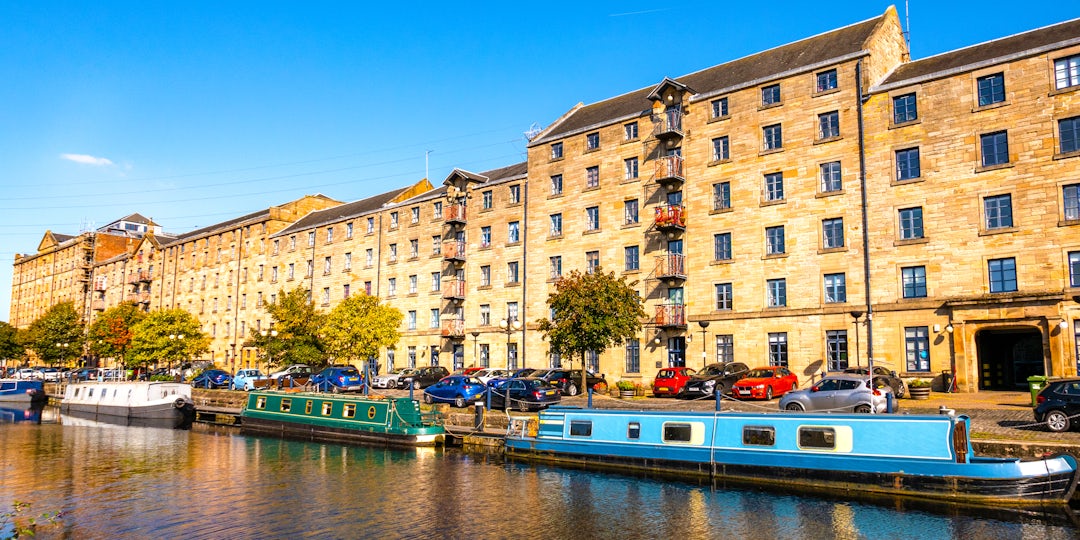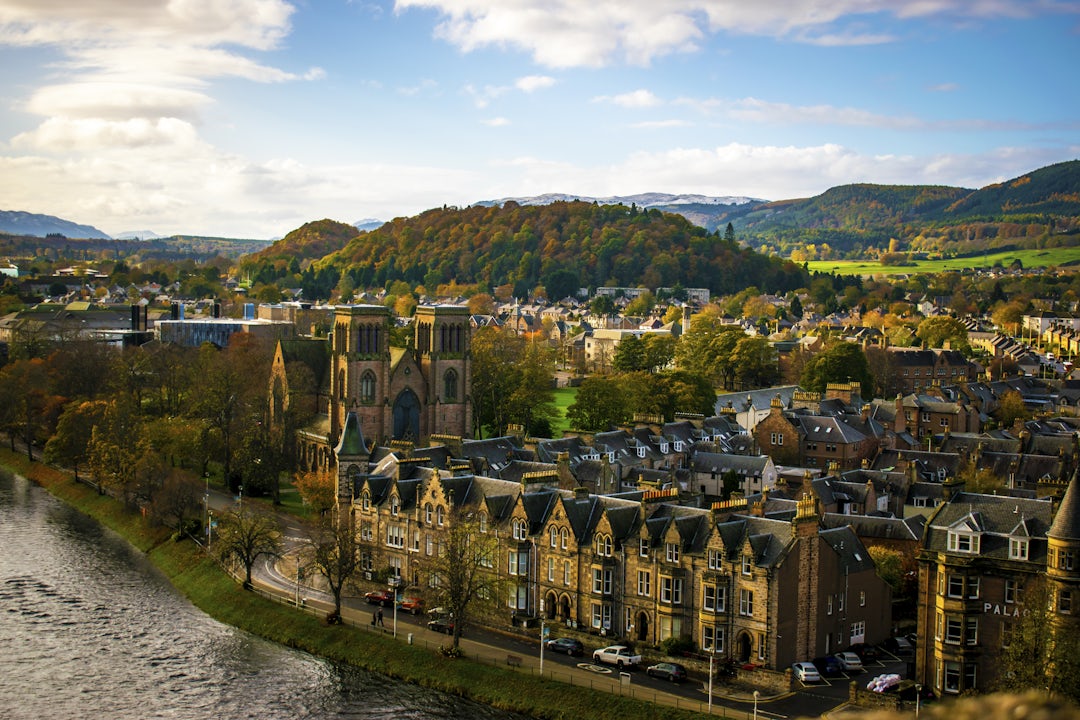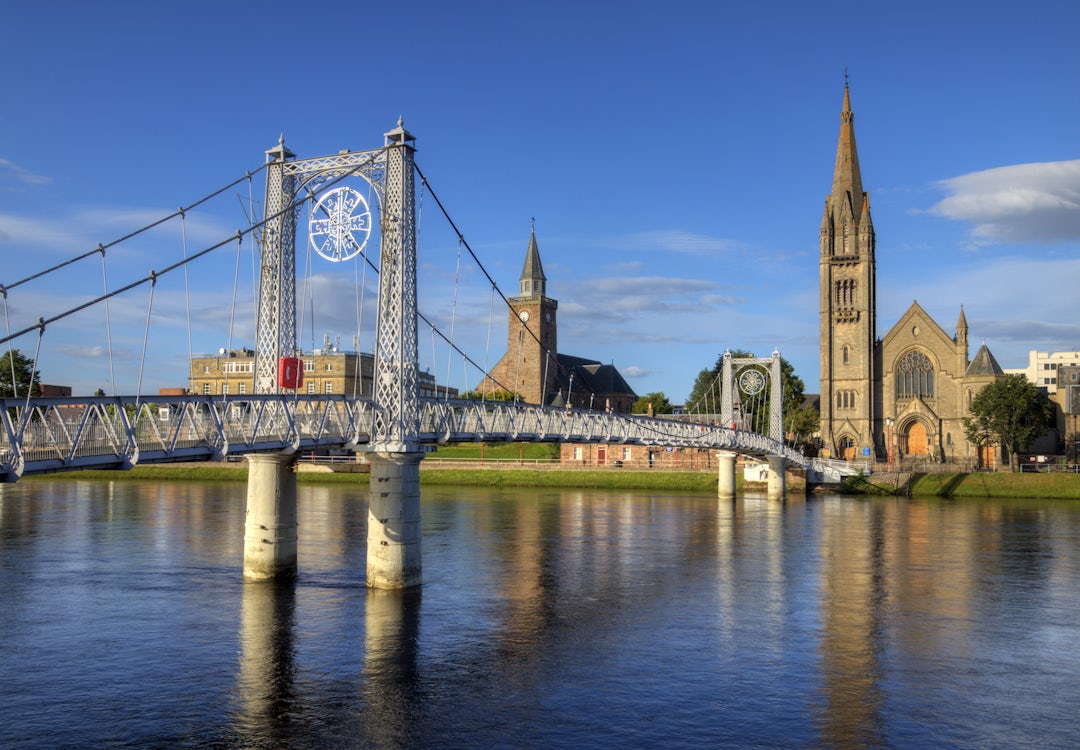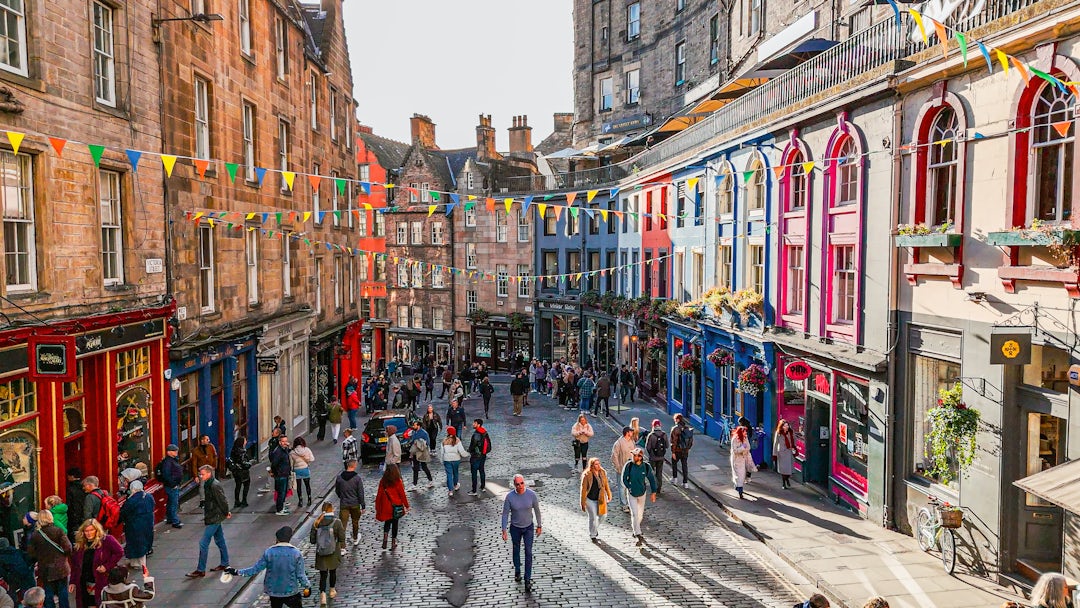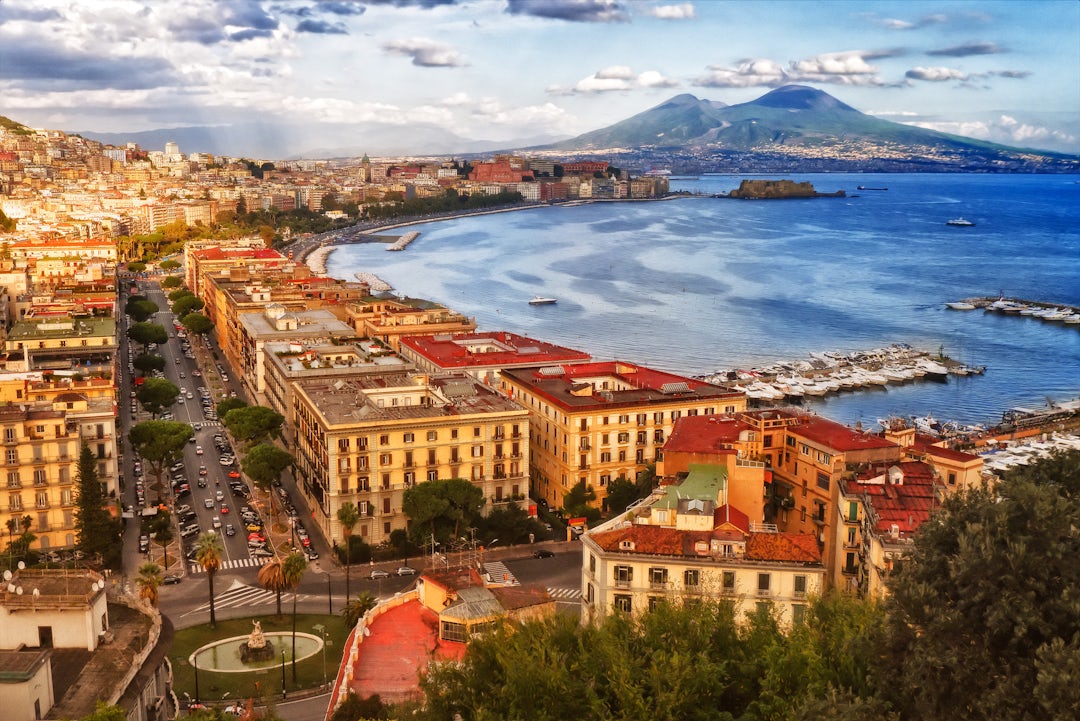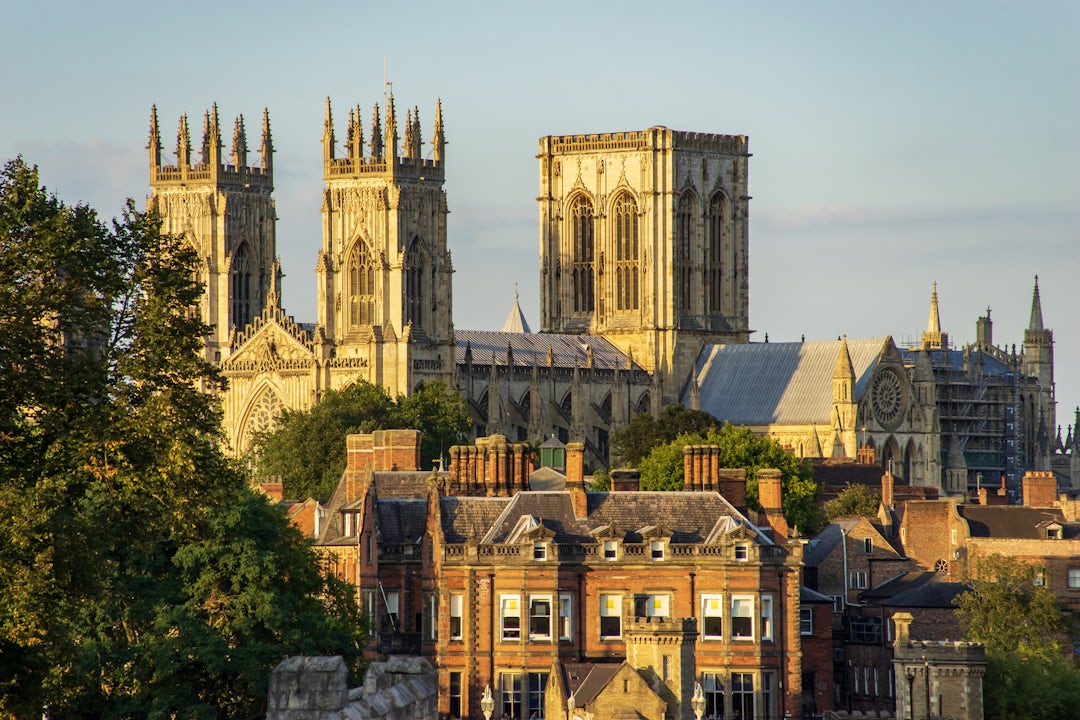

Famous traditional Scottish dishes
Down-to-earth cuisine from the wild north of Great Britain
Plan your Trip
Your tailor-made itinerary – No cost, no commitment
Excellent
4.5 of 5
4,573Reviews
Excellent
What Do People Typically Eat in Scotland?
Typical Scottish food is characterized by fresh ingredients from the sea and the land. While some influences from English cuisine are clear, Scottish cuisine has a character all of its own. Among the specialties from Scotland you will find a variety of dishes from hearty soups to sweet desserts.

Marvin Luczynski
Travel Expert for Scotland
Updated on 05/21/2025
Plan for free
Custom holiday packages and trips that fit your budget
Personalized for you
Itineraries built exactly to your needs
Private VIP guides
A personal English-speaking, native-European travel expert for every step
Peace-of-mind support
Full service assistance before, during, and after your trip
Which specialties should you try in Scotland?

Haggis is the national dish of Scotland. Made from the offal of a sheep, it may not suit all tastes, but its status as a culinary icon is undisputed.
In addition to the sheep's heart, liver, lungs and kidney fat, the mixture also includes onions, oatmeal and spices. Traditional side dishes include swede and potatoes or the Scottish mashed potato clawshot. Haggis with chips is also often on the menu in fast food restaurants.

Desserts such as cranachan are part of Scotland's most important specialties. Although the dessert is now eaten all year round, cranachan was originally created to celebrate the raspberry harvest. Naturally, raspberries are essential, along with Scottish oats, whipped cream, honey and whisky .
Scots like to eat cranachan, especially on special occasions such as Christmas, and it is customary for those present at the table to create their own cup using the ingredients provided.

Another typical dish from Scotland is Cullen Skink. Cullen, the home of this hearty soup, is located on the north-east coast of Scotland. The main ingredients are smoked haddock - preferably Finnan Haddie, a local specialty - potatoes and onions.
It is served as a starter or main course, usually with toasted bread. In some regional variations, the potatoes are mashed. There are also local differences as to whether water, milk or cream is used as a base.

Tablet is a medium-hard dessert made from sugar, condensed milk and butter. The mixture is heated and crystallized, then cut into square pieces after cooling. Compared to fudge, tablet is somewhat harder and has a grainy texture.
Tablet goes wonderfully with a cup of tea or coffee in the afternoon and is available in various flavors, for example with vanilla, whisky, rum, chocolate or nuts. Tablet has been known since at least the 18th century.

Scotch whisky is Scotland's national drink. The alcoholic drink has been an integral part of Scottish culture for centuries and is also often used as an ingredient in other dishes. A distinction is made between the five types: single malt, single grain, blended malt, blended grain and blended.
There are currently more than 140 distilleries operating in Scotland, all of which produce slightly different products. During a trip to Scotland, you should not miss out on a tour of one of the distilleries.

Lorne Sausage is a Scottish sausage made from minced meat, rusk and spices. What makes it special is that it does not have a sausage casing. The oldest known mentions of Lorne Sausage date back to the 19th century and it was probably named after the region of the same name in Argyll.
The shape of the sausage is almost square, which is why it is also called square sausage. It is best eaten at breakfast, either in a roll or as part of the Full Scottish.

The Full Scottish Breakfast is the Scottish version of the Full British Breakfast. While bacon, sausage, black pudding, eggs and baked beans are often served in both England and Scotland, there are some local specialties that give breakfast a characteristically Scottish flair.
Stornoway, for example, is the preferred type of black pudding here, while Lorne Sausage is often chosen among the sausage varieties. Haggis and fruit pudding are also popular on the breakfast table in Scotland.

Irn-Bru is also known as "Scotland's other national drink" - it is probably the number one non-alcoholic drink in Scotland. The caffeinated soft drink is known for its bright orange color.
In Scotland, its popularity even rivals that of cola. The drink is produced in Westfield in North Lanarkshire and is sold in numerous countries around the world. In addition to the classic Irn-Bru, there are also other varieties, such as a light version.

One of Scotland's specialties is stovies, a leftover stew that is often served as a starter, especially in winter. While the other ingredients vary, potatoes are always the basis. They are fried with onions in lard or butter, then vegetables such as carrots, meat such as beef or lamb or cheese are added.
Everything is cooked in a pot. It is traditionally served with oat cookies. Incidentally, the name of the dish comes from the Scottish word "stove" meaning "to stew".

Typical Scottish food includes many soups and stews, including Scotch broth. The nutritious barley-based soup is prepared with lamb or beef, vegetables such as carrots or turnips and dried pulses, usually red lentils. Fresh cabbage and leeks are added just before serving. It goes well with fresh bread.
The canned version of Scotch broth is also very popular in Scottish supermarkets, but the most authentic and delicious experience is probably a freshly prepared bowl of Scotch broth.








